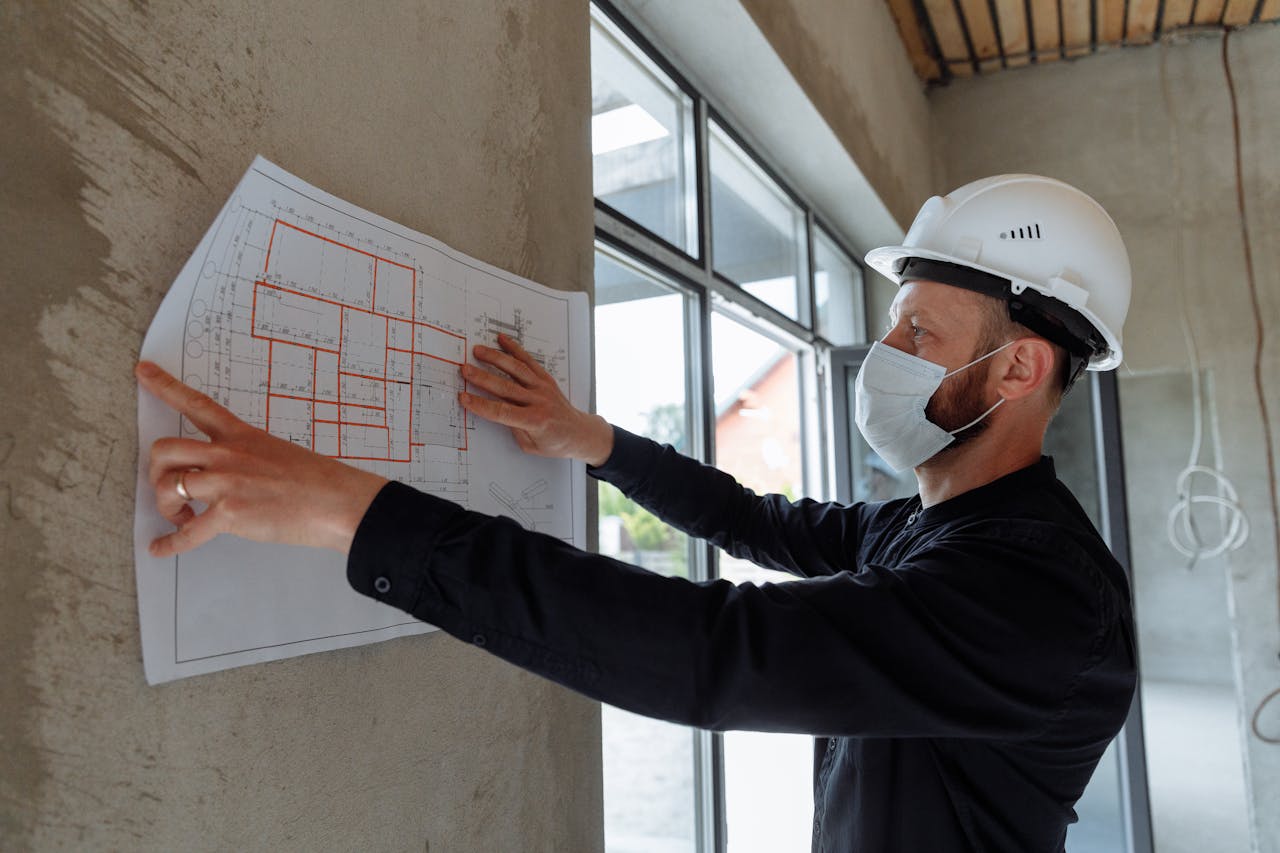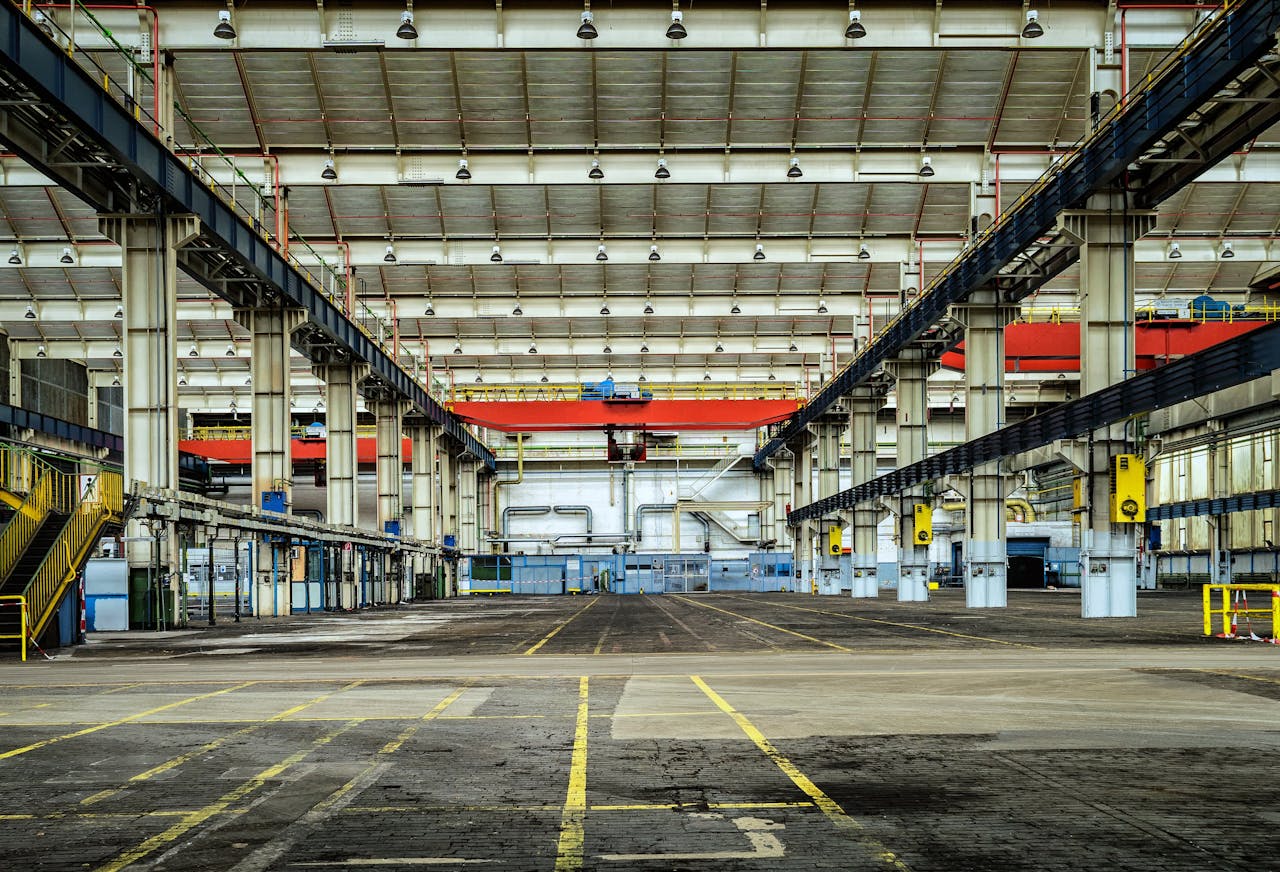Underground construction work kills 13.6 workers per 100 full-time employees annually, nearly three times the general construction rate. OSHA tunneling regulations address these stark risks through 29 CFR 1926.800, a comprehensive safety standard governing underground tunnels, shafts, chambers, and passageways.
The regulations apply when construction creates underground-like conditions with limited access and egress, reduced ventilation and lighting, air contaminants, fire risks, and explosion potential. Cut-and-cover excavations fall under these rules when physically connected to underground operations or when they replicate underground hazards through covering methods that restrict natural environmental controls.
What Work Is Covered, And How Are Entry, Access, And Worker Accountability Managed?
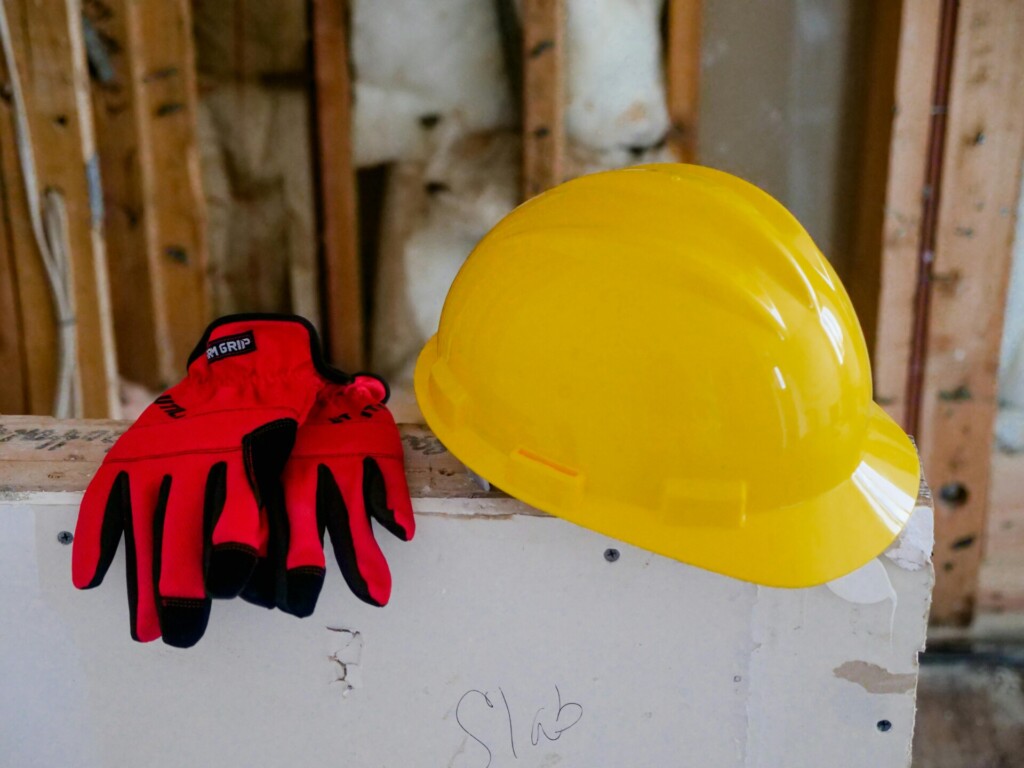
Coverage
The scope of 29 CFR 1926.800 centers on underground construction activities that present specific hazards distinct from surface work. We encounter these conditions in underground tunnels, shafts, chambers, passageways, and cut-and-cover excavations where physical connections and covering create underground-like environments.
The regulation deliberately excludes surface excavation work covered under Subpart P and underground electrical transmission lines addressed in Subpart V. This boundary ensures that underground construction safety measures apply only where the unique hazards of confined underground spaces exist.
Entry, Access, And Egress
We establish safe pathways to all underground work stations while protecting workers from mobile equipment strikes. This involves creating designated routes that separate pedestrian traffic from hauling equipment and excavation machinery.
Access control prevents unauthorized underground entry through multiple physical barriers. We cover, bulkhead, or fence unused openings and post clear warning signs indicating “Keep Out” or equivalent language. Completed or unused sections require barricades that effectively block entry while remaining visible to anyone approaching the area.
These measures serve dual purposes: protecting unauthorized personnel from underground hazards and maintaining controlled conditions for workers who need access to active construction zones.
Check-In/Check-Out And Designated Person
Underground worker accountability relies on a systematic check-in/check-out procedure that enables surface personnel to maintain accurate headcounts during emergencies. This requirement becomes essential when underground conditions could trap workers or prevent normal evacuation routes.
We maintain at least one designated person aboveground whenever anyone works underground. This individual secures immediate aid during emergencies and keeps precise counts of personnel below ground. The designated person cannot be assigned other duties that would interfere with these critical responsibilities.
The check-in/check-out requirement ends when underground facilities designed for human occupancy achieve effective permanent environmental controls and remaining construction activities will not create environmental hazards or structural failures.
Training, Notifications, And Communications
Worker instruction covers hazard recognition and avoidance specific to underground construction. We provide training on air monitoring, ventilation and illumination, communications systems, flood control, mechanical equipment and PPE, explosives handling, fire prevention, and emergency procedures including evacuation plans and check-in/check-out systems.
Shift change notifications ensure continuity of safety awareness. We inform oncoming shifts about hazardous occurrences including gas releases, equipment failures, slides, cave-ins, floods, fires, and explosions that occurred during previous shifts.
Coordination with other employers on site requires direct communications to manage overlapping operations safely. When natural voice communication becomes ineffective due to distance or noise, we implement power-assisted voice communication systems.
Shafts require two effective communication means, with at least one being voice communication. Communication systems must operate on independent power sources, undergo shift testing, and feature designs that prevent single device failures from disrupting the entire system. Workers in hazardous areas who work alone must have reliable means to call for help.
How Do Air Quality Monitoring And Ventilation Requirements Work Underground?
Underground atmospheres demand constant vigilance. We track oxygen levels, toxic gases, and flammable vapors that can accumulate without warning in confined spaces below ground.
Competent Person And Testing Protocols
A competent person must handle all air monitoring duties and establish testing frequencies based on site-specific factors. Location, geology, construction history, and current work practices determine how often we sample the air. This person considers proximity to fuel tanks, sewers, gas lines, and geological formations that might release dangerous gases.
Oxygen testing comes first in every sampling protocol. We maintain oxygen levels between 19.5% and 22% at normal atmospheric pressure. Testing below this range triggers immediate corrective action before we check for other contaminants.
Quantitative testing covers carbon monoxide, nitrogen dioxide, hydrogen sulfide, methane, and other toxic substances. These measurements must stay within the permissible exposure limits established by 29 CFR 1926.55. We test for dusts, vapors, mists, and fumes that specific construction activities generate underground.
Hydrogen Sulfide Response Thresholds
Hydrogen sulfide monitoring follows escalating response protocols. When H2S reaches 5 ppm or higher, we test at least at the beginning and midpoint of each shift until readings drop below 5 ppm for three consecutive days.
Concentrations exceeding 10 ppm require continuous sampling and indicating monitors. We notify all underground workers immediately when this threshold is crossed. The monitoring system provides real-time feedback on changing conditions.
At 20 ppm, visual and aural alarms signal that additional protective measures may be necessary. These measures include respiratory protection, increased ventilation, or complete evacuation depending on site conditions and exposure duration.
Flammable Gas Control Actions
Lower explosive limit percentages trigger specific ventilation responses. When methane or other flammable gases reach 5% LEL, we increase ventilation air volume or implement other gas concentration controls. This requirement doesn’t apply when we’re already operating under gassy or potentially gassy protocols.
Hot work operations face stricter limits. We suspend welding, cutting, or other hot work when flammable gas concentrations reach 10% LEL in the vicinity. Work doesn’t resume until concentrations drop below this threshold.
Emergency withdrawal procedures activate at 20% LEL. All personnel except those essential to eliminate the hazard evacuate to surface locations. Electrical power gets cut off to endangered areas, except for acceptable pumping and ventilation equipment, until gas concentrations return below 20% LEL.
Ventilation And Dust Control Systems
Fresh air supply requirements mandate at least 200 cubic feet per minute for each worker underground. This baseline ensures adequate oxygen and dilutes potential contaminants from construction activities.
Linear air velocity must reach 30 feet per minute minimum in tunnel bores, shafts, and work areas where blasting, rock drilling, or dust-producing operations occur. Higher velocities may be necessary depending on the specific work and geological conditions.
Mechanical airflow systems must be reversible. We exhaust smoke and fumes to outside atmosphere after blasting before resuming normal operations. Ventilation doors stay closed regardless of airflow direction to maintain proper air circulation patterns.
Following ventilation reductions or shutdowns, only a competent person can test and declare the atmosphere safe before restoring power and resuming work. Authorized testers are the only personnel allowed to reenter affected areas until safety is confirmed.
Dust control during drilling operations requires wet methods, vacuum collectors, or water-mix spray systems. These systems prevent silica and other particulate hazards from reaching harmful concentrations in the underground environment.
Underground Engine Restrictions
Internal combustion engines face strict limitations underground. We prohibit all internal combustion engines except diesel-powered mobile equipment that meets specific safety standards.
Mobile diesel equipment must comply with MSHA provisions or demonstrate full equivalence to approved equipment. These requirements ensure engines don’t contribute to air contamination or ignition risks in underground spaces.
When Is An Operation “Gassy” Or “Potentially Gassy,” And What Extra Controls Apply?
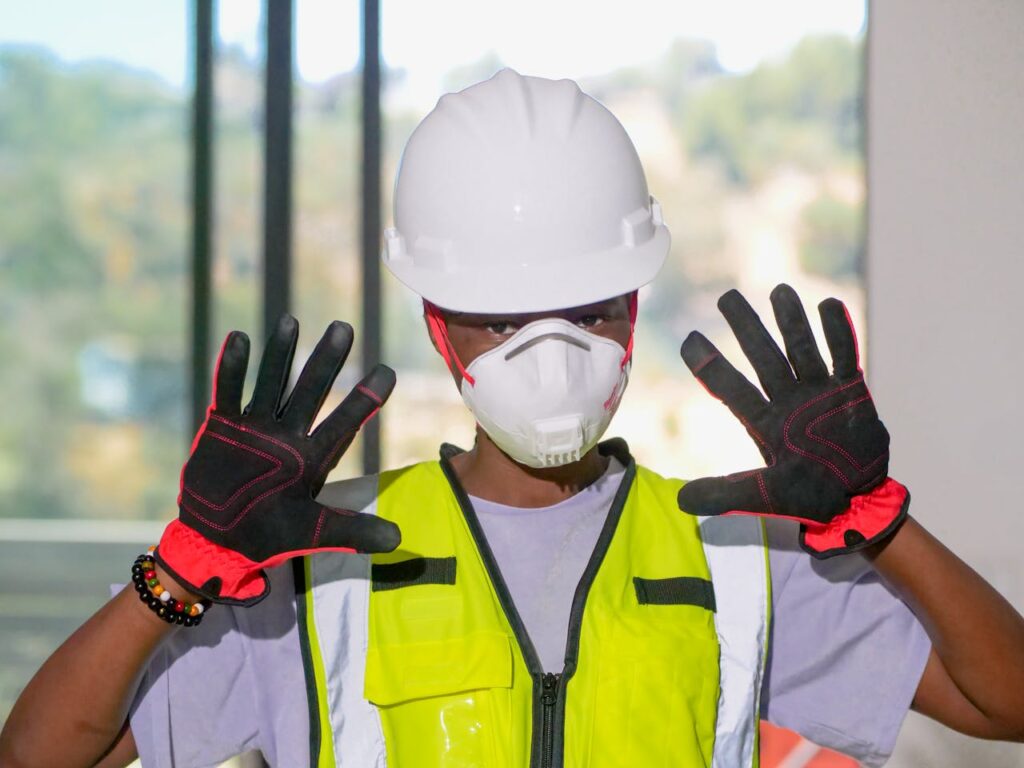
OSHA’s gas classification system creates specific operational categories based on measured gas concentrations and site history. These classifications trigger precise safety protocols that construction teams must understand and implement correctly to protect workers from explosive atmospheres.
Gas Classification Thresholds
The distinction between potentially gassy and gassy operations centers on duration and concentration measurements at specific locations. We measure methane and other flammable gases at 12 inches plus or minus 0.25 inch from the roof, face, floor, or walls in underground work areas.
Operations become classified as potentially gassy when air monitoring shows 10 percent or more of the lower explosive limit for more than 24 hours at these measurement points. The classification also applies when the area’s geological history or formation indicates that 10 percent or more of the LEL is likely to be encountered during excavation work.
Gassy operations require three consecutive days of monitoring results showing 10 percent or more of the LEL at the same measurement locations. The classification also applies immediately when methane or other flammable gases emanating from rock strata ignite, or when the underground operation connects to a currently classified gassy area through a continuous course of air containing flammable gas concentrations.
Operations can be declassified from gassy to potentially gassy when air monitoring results remain below 10 percent of the LEL for three consecutive days. This declassification process requires continuous documentation and competent person verification before reducing safety protocols.
Equipment And Access Requirements
Gassy operations demand stringent equipment controls that go beyond standard underground construction requirements. We use only acceptable equipment maintained in suitable condition, with mobile diesel equipment meeting MSHA Part 36 approval standards or demonstrated equivalent performance operated according to those specifications.
All entrances to gassy operations require prominent warning signs notifying entrants of the hazardous classification. Smoking becomes strictly prohibited in all gassy operations, and we collect matches, lighters, and other personal ignition sources from all persons entering the work area.
Hot work operations in gassy conditions require continuous fire watch personnel as described in OSHA standards. Most operations in affected areas must cease until all gassy operation requirements are met or the area is declassified, with exceptions only for work controlling gas concentrations, installing or converting equipment for compliance, or installing aboveground airflow-reversing controls.
Enhanced Monitoring And Ventilation Controls
Potentially gassy and gassy operations require additional air monitoring beyond standard underground construction protocols. Oxygen content testing occurs at the beginning and midpoint of each shift in affected work areas and immediately adjacent areas to ensure atmospheric conditions remain within safe parameters.
Rapid excavation machines operating in these conditions use continuous automatic flammable gas monitoring equipment at the heading, rib, and return air duct. When gas concentrations reach 20 percent or more of the LEL, the system signals the heading and automatically shuts down electric power except for acceptable pumping and ventilation equipment.
Manual flammable gas monitoring supplements automatic systems with testing at least at the beginning and midpoint of each shift, ensuring prescribed limits are not exceeded. A manual electrical shutdown control must be positioned near the heading for immediate operator access during emergency conditions.
Hot work operations require local gas testing before commencement and continuously during cutting, welding, or other flame-producing activities. Drill-and-blast operations test for flammable gas before reentry after blasting and continuously while employees work underground using these methods.
Ventilation systems for potentially gassy and gassy operations must be constructed of fire-resistant materials with acceptable electrical systems, including fan motors. Gassy operations specifically require aboveground controls for reversing ventilation system airflow, providing operational flexibility during gas management situations.
Mine-type ventilation systems using offset main fans installed on the surface require explosion-doors or weak-wall construction with area at least equivalent to the airway cross-sectional area. These safety features prevent damage from potential explosive events while maintaining ventilation system integrity.
What Ground Support, Hoisting, Drilling/Blasting, Fire, And Emergency Measures Are Required?
Underground construction demands strict adherence to ground support, hoisting, and emergency protocols that go beyond surface work requirements. We coordinate these systems as integrated safety measures, not standalone requirements.
Ground Support And Portal Protection
Portal openings and access areas require immediate protection through shoring, fencing, headwalls, or shotcrete applications. We scale and secure adjacent areas to prevent loose material from creating strike hazards. Subsidence control relies on shoring systems, backfilling operations, or barricades paired with prominent warning signage.
Underground areas demand daily competent person inspections of roof conditions, face stability, and wall integrity. We remove or scale loose ground before installing permanent support systems. Torque wrenches ensure proper installation of torsion-dependent bolts, while worker protection shields maintain safe work zones during support installation.
Shafts and wells exceeding five feet in depth require support through casing, concrete pipe, timber, or solid rock formations. Casing heights extend above grade level and penetrate solid rock as engineering specifications require. After shaft blasting operations, we conduct thorough inspections and complete repairs before allowing personnel entry.
Drilling And Blasting Coordination
Competent persons inspect drilling equipment before each use and evaluate work areas before operations begin. Personnel restrictions prohibit anyone from remaining on drill masts during drilling or equipment movement. Jumbo stabilization includes stairs, guardrails, wheel chocks, and slip-resistant surfaces to prevent equipment displacement.
Communication protocols require warning personnel below drilling operations before starting work. Blasting wire management keeps electrical connections clear of conductive systems to prevent accidental detonation. Re-entry after blasting operations occurs only after air quality testing confirms atmospheric conditions meet ventilation standards.
Hoisting Systems And Personnel Transport
Load securing and stacking procedures prevent shifting or snagging during vertical transport. Warning lights flash at shaft bottoms and subsurface entrances when loads move overhead, except in fully enclosed hoistways. Safe lowering procedures protect employees working at shaft bottom locations.
Hoist systems require bi-directional power, automatic braking systems, and deadman controls for operator safety. Landing level indicators and limit switches provide position feedback, though switches cannot substitute for primary controls. Closed-circuit voice communications connect each landing level, while safety glass glazing protects operators from debris.
Personnel cages and platforms feature half-inch wire mesh sides extending at least six feet in height. Inward-opening, positive-locking doors prevent accidental opening during transport. Protective steel canopies slope outward with push-up egress capability. Broken-rope safeties protect guided platforms, while travel speeds limit to 200 feet per minute during sinking operations without guides.
Fire Prevention And Fuel Management
Open flames and fires face prohibition except during authorized hot work operations. Smoking restrictions apply except in areas free from fire and explosion hazards, marked with posted signage indicating safe zones.
Underground diesel fuel storage limits to 24-hour supply quantities. Fuel piping installations require controlled conditions and immediate cleanup of leaks or spills. Gasoline prohibition applies to all underground areas. Fire-resistant hydraulic fluids or protective systems reduce ignition risks from equipment operations.
Lighting systems in fuel storage areas require approved fixtures designed for hazardous environments. Fire extinguishers position at belt conveyor head and tail pulleys where ignition risks concentrate. Structures within 100 feet of entries require one-hour fire-resistance ratings or equivalent protective measures.
Emergency Response And Rescue Capabilities
Emergency hoisting arrangements activate when shaft access serves as primary egress and regular hoisting systems fail during power outages. NIOSH-approved self-rescuers position at work stations where smoke or gas entrapment could occur.
Designated persons remain aboveground to summon emergency aid and maintain accurate headcounts of underground personnel. Emergency lighting supplements natural lighting unless permanent emergency systems provide adequate illumination.
Rescue team requirements scale with underground personnel numbers. Operations with 25 or more workers underground require two five-person teams, with one available within 30 minutes and another within two hours. Smaller operations need at least one five-person team within 30 minutes. Teams maintain annual qualification reviews and monthly SCBA practice in areas where hazardous gases present anticipated risks.
Recordkeeping requirements mandate maintaining air quality test records aboveground with complete location, date, time, substance, and measurement data. Toxic exposure records follow OSHA retention requirements, while other air-test records remain available until project completion.
Conclusion and Next Steps
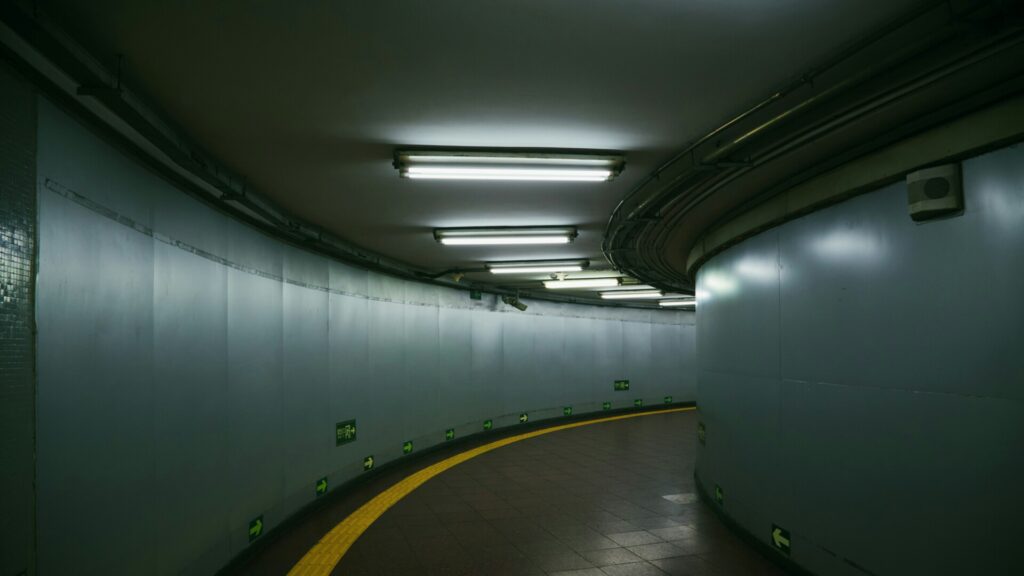
Underground construction safety hinges on systematic implementation of OSHA’s 29 CFR 1926.800 requirements. We build compliance around core fundamentals: assigning a competent person to oversee critical safety functions, training crews to recognize and respond to underground hazards, and maintaining strict entry controls with accurate headcount systems. Air quality monitoring forms the backbone of safe operations, requiring continuous testing before and during work to meet established ventilation thresholds and gas-response protocols.
Managing gassy and potentially gassy conditions demands heightened vigilance through enhanced monitoring systems, specialized equipment controls, and fire-resistant ventilation safeguards. We maintain structural integrity through proper ground support systems while adhering to underground-specific hoisting requirements that protect workers during vertical transport operations. Fire prevention and fuel management protocols keep ignition risks under tight control, while emergency preparedness ensures rescue readiness through self-rescuers, qualified rescue teams, reliable communications, and backup hoisting capability. Complete recordkeeping of air-test data and exposure monitoring creates the documentation foundation for ongoing safety management and regulatory compliance.
Ready to strengthen your underground safety program? Contact EB3 Construction to discuss how we integrate these OSHA tunneling regulations into effective project execution.


